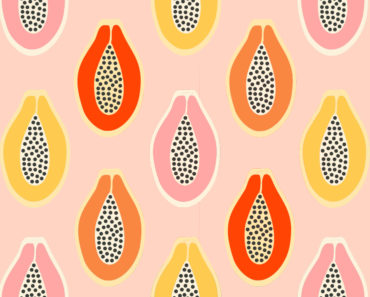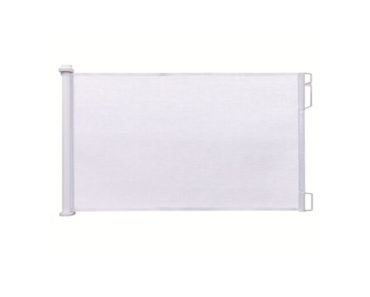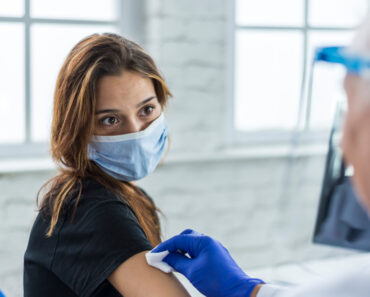HPV screening has replaced Pap smears in many countries, and several Canadian provinces are now following suit. Here’s why.
For decades, the Pap smear has been the primary screening tool for cervical cancer in Canada, and anyone with a cervix who is over the age of 21 or who has been sexually active is advised to get one every three years.
This regular and accurate screening is important because, according to the Canadian Cancer Society, an estimated 1,450 Canadian women will be diagnosed with cervical cancer in 2022, and nearly 400 will die from it. Cervical cancer is also the fourth-most frequent cancer among Canadian women between 15 and 44 years of age.
To help boost early and accurate detection of the disease, Quebec has announced it will start using the human papillomavirus (HPV) test as its first step to screen for cervical cancer, instead of the Pap smear. HPV is the main risk factor for developing the disease, and the province will begin systematically offering HPV testing for cervical cancer screening to all women aged 25 to 65, every five years.
How do we currently screen for cervical cancer in Canada?
During a Pap smear, cells are collected from the cervix and then examined under a microscope by a technician, who looks for the presence of cancer cells or other cellular abnormalities that could signal a malignancy. Those results are shared with the patient’s doctor, who determines the next course of action.
But, according to Eduardo Franco, director of the Division of Cancer Epidemiology at McGill University in Montreal, Pap smears are only able to detect cancer and precancerous lesions 53 percent of the time. So there’s nearly a 50-50 chance they will go undetected. To account for this margin of error, Pap smears are recommended every three years.
Why is HPV testing better?
Cells are collected in the same fashion for an HPV test as they are for a Pap smear—the difference lies in how the sample is examined. The process of examining a sample for HPV is entirely automated. First, the sample is processed chemically to highlight the presence of any DNA from high-risk types of HPV. Then, it’s assessed in a robotic workstation to detect positivity for HPV. As a result of its heightened sensitivity, the HPV test is able to identify any cellular abnormalities present in a sample about 95 percent of the time.
“The advantage of being more sensitive is that women don’t need to come as often for screening,” says Franco. The only disadvantage of using HPV testing as a primary screening tool for cervical cancer is its lack of specificity. HPV causes nearly all cervical cancers, but the majority of women who have HPV will not develop cancer. That means many who test positive on an HPV test will actually be cancer-free—but they won’t know that until further testing is done.
Depending on the type of HPV they have, people who test positive may be sent for a Pap smear, and if that is positive, for a colposcopy (a procedure in which a doctor examines the cervix with a magnifying lens). The inaccuracy of the Pap smear is less of an issue here, because if the technician already knows that the sample came from a person who is HPV-positive, they have a better idea of what to look for in the smear.
HPV screening has replaced Pap smears in many countries, including Australia and the Netherlands, says Dr. Amanda Selk, president of the Society of Canadian Colposcopists. Here in Canada, she says, most provinces are planning to follow Quebec’s lead. Ontario, for example, plans to launch its program by 2025.
Will the Pap smear eventually become obsolete?
For the time being, Paps will remain a way to triage HPV tests. “If a person tests positive for HPV, Pap smears can help sort out who needs to be seen first in colposcopy,” explains Selk. But even though Pap smears are still a part of the larger process of detecting cancer, many believe its days as a primary testing tool are long gone.
“I think the Pap smear has outlived its course and [its] advantages,” says Dr. Modupe Tunde-Byass, an obstetrician and gynecologist at North York General Hospital in Toronto. “Now we have something better.”

































